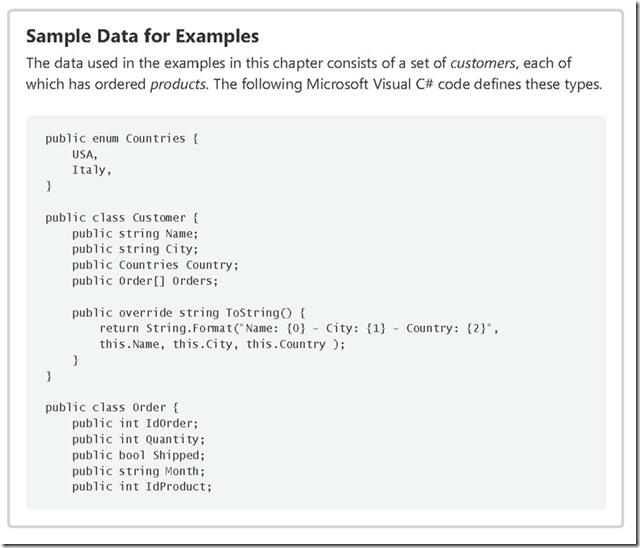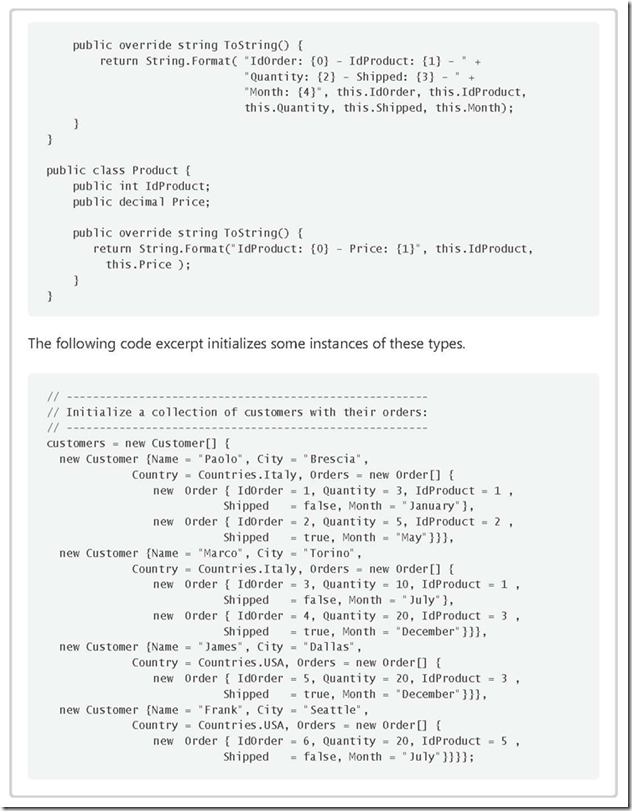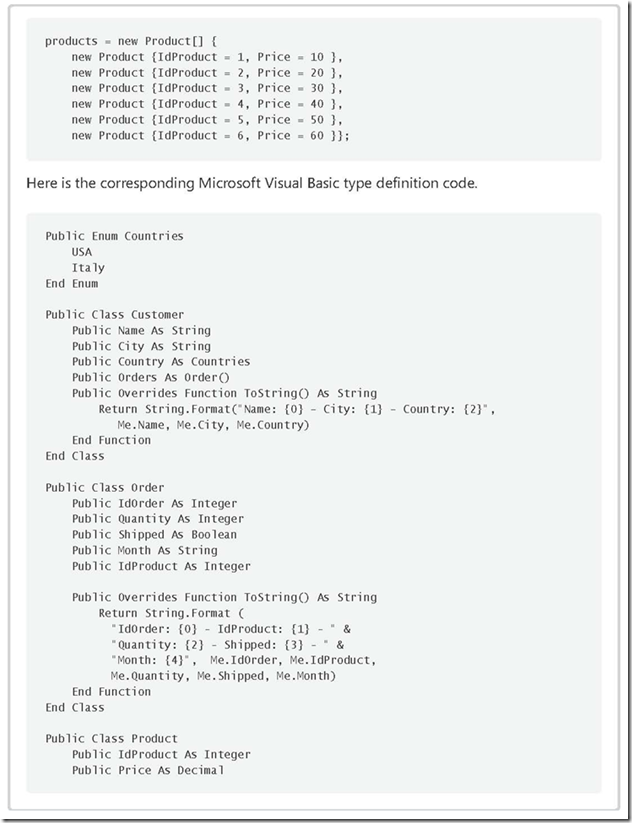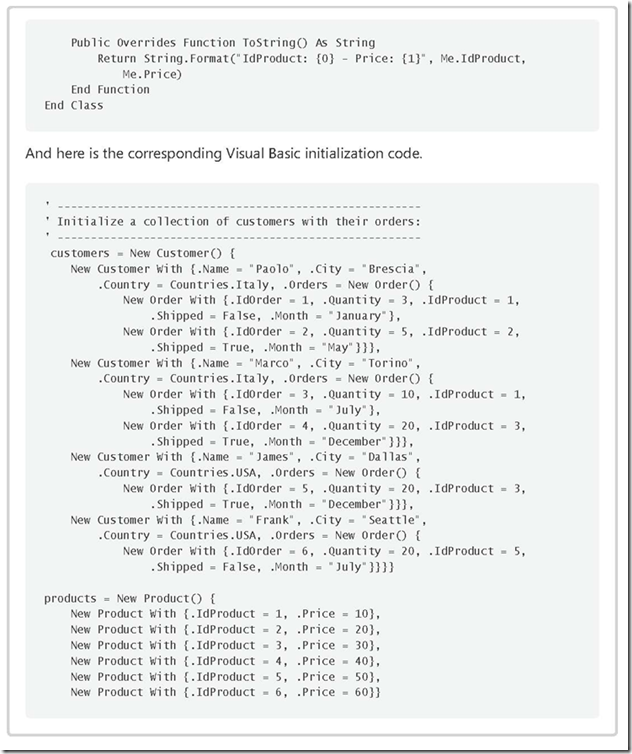New book: Programming Microsoft LINQ in Microsoft .NET Framework 4
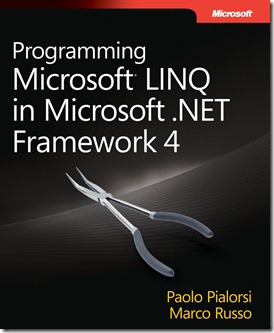 We’re very pleased to announce that Paolo Pialorsi and Marco Russo’s new book Programming Microsoft LINQ in Microsoft .NET Framework 4 is available now!
We’re very pleased to announce that Paolo Pialorsi and Marco Russo’s new book Programming Microsoft LINQ in Microsoft .NET Framework 4 is available now!
This book documents a significant step forward in programming, showing you how to use Language Integrated Query (LINQ) query syntax to query…almost anything for which a LINQ provider is available, including collections, databases, Entity Framework and NHibernate, XML, SharePoint lists, even Office documents. Moreover, this book doesn’t just cover the basics, it delves deep into LINQ internals, showing you exactly how queries and providers work, and even showing you how to build your own LINQ provider. Clearly, LINQ is the future of query languages. Developers can use it not only in place of SQL, but also in place of other data-specific query languages and techniques, helping make developers who adopt it more productive, and reducing errors.
The book is available through retailers now. Here’s an excerpt from Chapter 3, “LINQ to Objects.”
LINQ to Objects
Modern programming languages and software development architectures are based increasingly on object-oriented design and development. As a result, you often need to query and manage objects and collections rather than records and data tables. You also need tools and languages that work independently of specific data sources or persistence layers. LINQ to Objects is the main implementation of Microsoft Language Integrated Query (LINQ). You can use it to query in-memory collections of objects, entities, and items.
This chapter describes the main classes and operators on which LINQ is based, so you will understand its architecture and become familiar with its syntax. The examples in this chapter use LINQ to Objects so that the content can focus on queries and operators.
